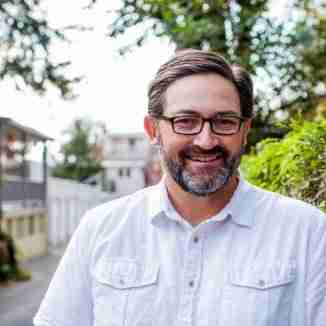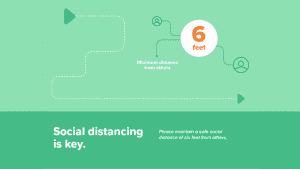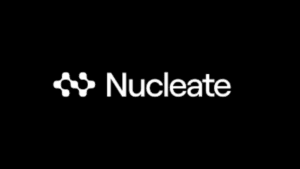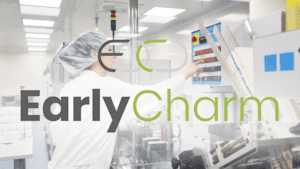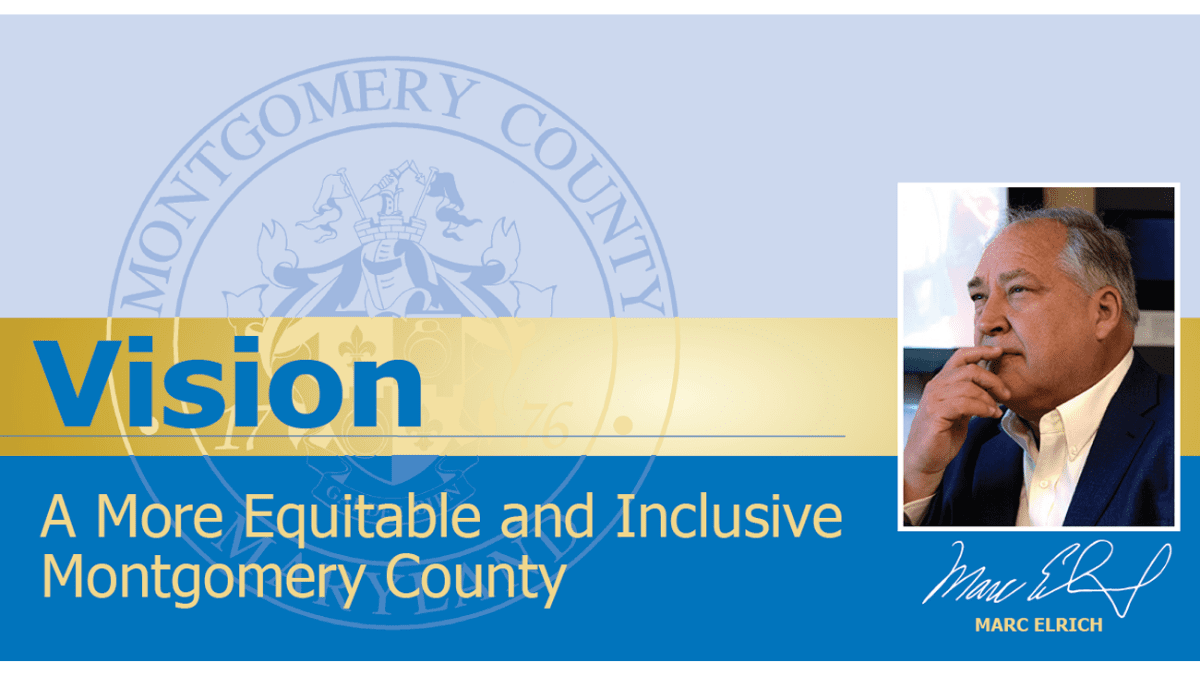
In Conversation: Montgomery County, Maryland Executive Marc Elrich
County Executive Elrich Shares Thoughts On the Global Pandemic and Biodefense Center, Quantum Computing & Biotech Growth in the County
Montgomery County (MOCO), Maryland, sits at the epicenter of biopharma growth, investment, and innovation that makes the BioHealth Capital Region (BHCR) one of the top bio clusters in the world. The past 15 or so months has seen the region’s biohealth momentum accelerate significantly, spurred on by the race to develop a SARS-CoV-2 vaccine, expansion in the cell and gene therapy sector, as well as increased activity around advanced biomanufacturing, among other positive indicators.
It’s been an historic year for the BHCR, and Montgomery County Executive Marc Elrich has had a front row seat to the heartache, resilience, and triumphs of not only his constituents but also the regional biopharma industry.
As Maryland and the region slowly return to a sense of normalcy over the coming months, it’s important to look back but also to look forward. A host of BHRC leaders, including Elrich, Stu Solomon of ConnectedDMV, Rich Bendis of BioHealth Innovation, Marty Rosendale of the Maryland Tech Council, Benjamin H. Wu, President & CEO, Montgomery County Economic Development Corporation and, among others, are doing just that.
Led by the efforts of Solomon and ConnectedDMV, the region-wide collaborative of leaders recently received $500K in funding from the MOCO City Council to support the strategic development phase of the new Global Pandemic and Biodefense Center (The Center) that will be potentially headquartered in MOCO.
The Center will house the AHEAD100 program led by Dr. James Crowe Jr., Director, Vanderbilt Vaccine Center, Professor of Pediatrics and Pathology, Microbiology and Immunology, Ann Scott Carell Chair, who has spent the past decade preparing for the next global health epidemic.
AHEAD100 is a research program focused on generating neutralizing antibodies for the 100 most likely causes of epidemics. The program discovers and validates monoclonal antibodies, also known as mAbs, that can target infectious diseases that have the most potential to cause the next pandemic.
With the recent MOCO City Council funding announcement, we thought it a great time to catch up with MOCO Executive Elrich, who sits on The Center’s Steering Committee and has a unique perspective on the region’s post-COVID 19 plans.
How did you become connected and involved with The Center’s Steering Committee and ConnectedDMV?
Rich Bendis was involved early on, and we work very closely with his organization. I was invited to the first committee meeting and knew right away I was seriously interested in this. Having gone through the nightmare 14 months of the pandemic and reading every story about it, it was clear we had a path to something like The Center before, but it was derailed. And no one recognized what was lost, and then we were slammed into the pandemic, and we all realized how much we didn’t know—we couldn’t treat it, and we didn’t know how to act in the face of it.
Getting involved with The Center Steering Committee happened organically. We wanted The Center to happen, period. If it happened anywhere, we knew the U.S., our county, and Maryland would benefit, but if it happened here, we’d benefit even more.
We don’t know what COVID-19 mutations might be coming, and we don’t know what the pandemic of the future will look like. That’s why creating The Center is so important, so we can be as prepared as possible for the next public health threat.
Why do you feel Montgomery County is the right location to make The Center a reality?
I’ve been talking to a lot of people, including people in economic development, and what we’re learning is that there is greater interest in ‘places’ now like Kendall Square rather than office parks. People want to be in a place where they collide with other people. A place like the White Flint area could be a great location for The Center where these collisions could happen.
At White Flint, there’s the Metro, your two stops away from NIH, you’re not far from Capitol Hill, you’re a few exits away from the FDA, and the Shady Grove life science cluster is to the North. You could not have a more central location. You’re connected to everything.
The White Flint location is ‘naked,’ and we can create the entirety of the place, including academic institutions, biotech industry, and computing companies. You can also go have breakfast, walk out of your building and have lunch with someone that’s doing interesting stuff, meet with the NIH, or stay for dinner after work.
We think this could create a setting where industry, research organizations, and academia would want to be: a collision space where great things can happen. And now you potentially have The Pandemic Center in the middle of everything working on Monoclonal Antibodies that really work. Everything will be centralized, idea sharing can happen organically, and people will know that if they come here, they will be among some of the brightest minds in the world.
You mentioned bringing the computing industry to places like White Flint. How do you see computing and Big Data impacting places like The Center and the biotech industry in general?
What if there was a compendium or library of bacteria and virus pump inhibitor sequences so that if someone is investigating something, they can match it against a database to help advance their research? It’s similar to what I’ve heard is going on in computing, where one day there will be a library of computer code available. That’s why I want to marry quantum computing and scientific research.
Quantum computing reduces the amount of time to do research. If I know how a virus attaches to a human cell, and if you can image the virus to know what the ‘key’ looks like, you could lock the virus out of the cell. You could do this in a fraction of the time through artificial intelligence and Big Data science.
That’s what the AHEAD100 and the Pandemic and Biodefense Center will do: create a library of potential monoclonal antibodies to combat the 100 most likely causes of the next pandemic. We already have the Quantum Materials Center at the University of Maryland, and I can see the next evolution of marrying Big Data and scientific research.
It is going to be revolutionary, and the new Pandemic Center plus Maryland’s quantum computing community can make this happen.
What impact do you expect The Center to eventually make on public health and Montgomery County’s economy?
I think that what you want to do is create a Center that is focused on expectations for how things might go in the viral world. We need to create the base of knowledge so we could turn on pandemic prevention quickly if one emerges. If you have enough base knowledge built up in advance, you can start looking for virus vulnerabilities and determine how to deliver a vaccine or therapy more quickly. You can put packages together so you’re not trying to tackle delivery and vulnerability at the same time. Because of this, the speed of developing something in the laboratory into an arm should increase.
I get that three years or more to develop a vaccine is the norm, but we didn’t have that time with COVID. It would be great as more knowledge is assembled, the speeding up of delivery becomes more certain. With The Center, we have the potential to move faster than ever before and with more certainty of success and good outcomes when we see a pandemic threat emerging.
This is so exciting to me.
As far as the rationale for investing in The Center, and how it will benefit Montgomery County and Maryland, this pandemic has cost the U.S. government trillions of dollars, and that’s only the government costs and only a fraction of the overall losses.
The cost of the ongoing pandemic is enormous. The Pandemic and Biodefense Center will pay for itself by preventing the next prolonged outbreak and reducing the subsequent economic damage.
Having The Center here is going to make people want to come here to collide. I think people will increasingly want to be here; our cluster has already attracted big life science players and is already a place the life sciences industry wants to be; we can enhance this with another great collision space.
How will The Center impact life science workforce development programming in Montgomery County?
Montgomery College and the Universities at Shady Grove do a good job with workforce development, but we need to enhance our training programs in the county. We feel the collision space potentially created by The Center at White Flint or elsewhere will help attract new academic partners that can get students ready for this new economy.
About a decade ago I was in a forum with a big company, and I was talking about the workforce, and they told me a lot of their talent came from out-of-state. That raised alarm bells for me. We don’t have a graduate school or academic research programs in the county right now, and we’ve been busy working on bringing in more of a larger academic presence here.
We’ve got to figure out how to keep our life science talent here. We have a lot of great pieces but we have to add a few more ingredients to make that happen. Once we get this Center in a good place, I’ll be excited to have more conversations about what the life science and computing industries need to thrive.
The BioHealth Capital Region ecosystem is making a push to become a Top 3 U.S. biocluster by 2023. How do you see the new Pandemic Center and the White Flint Project contributing to this push?
Every part of the region has strengths. Each area has assets, and we will all benefit from things like the Pandemic Center and other new additions.
The Center will create another local environment where people and companies will want to be. This will help with the push. This fits really well with this campaign.
What we can do is complement what already exists and connect it with rapid transit rather seamlessly. There’s an imperative to do it. The biotech cluster, even if it is a bit spread out, can handle it. If Raleigh-Durham can have a triangle, we can have a triangle, too.
In your view, what are the next major milestones/challenges for The Center moving forward?
The toughest challenge, frankly, is the federal government making the decision not to make the same mistakes it made with COVID. Whatever we did wouldn’t have been enough anyway, but now that we understand fully what we’re up against, throwing our weight at this thing like we are trying to throw our weight at the recovery, would be really prudent.
The right minds in DC can look at this and recognize that we really need to stand The Center up. It’s a challenge. It’s not a budget breaker and compared to what the recovery has cost; The Center investment is minimal.
We need to get all the gravity of this place behind it. We’ve never done something like this before, but we’re seeing the region and life science companies getting behind The Center, and they understand its value.
If The Center comes here, everyone will benefit from it; whether you want to be on the front lines of the life sciences or quantum computing or AI, Montgomery County will be seen as even more dynamic and as seeing the world we’re living in and responding to it.
- About the Author
- Latest Posts
Steve brings nearly twenty years of experience in marketing and content creation to the WorkForce Genetics team. He loves writing engaging content and working with partners, companies, and individuals to share their unique stories and showcase their work. Steve holds a BA in English from Providence College and an MA in American Literature from Montclair State University. He lives in Frederick, Maryland with his wife, two sons, and the family dog.



